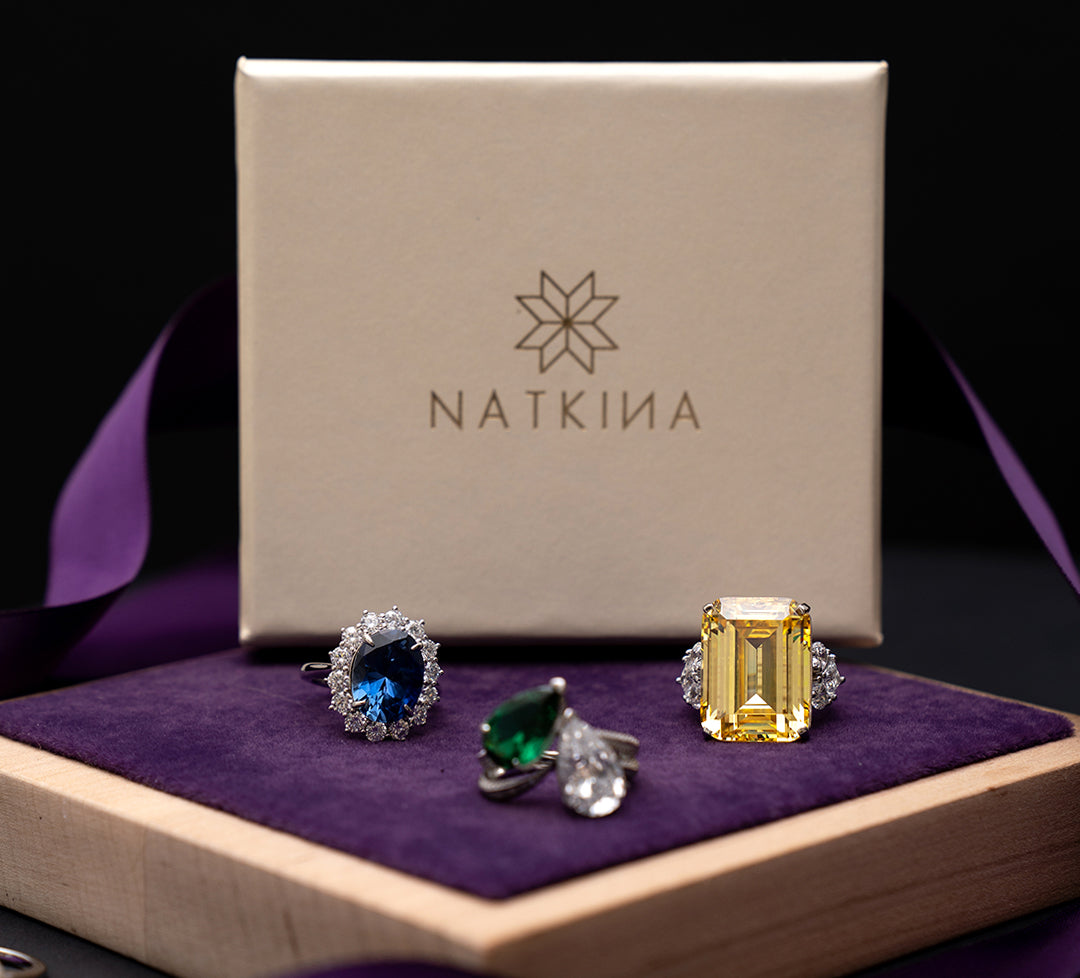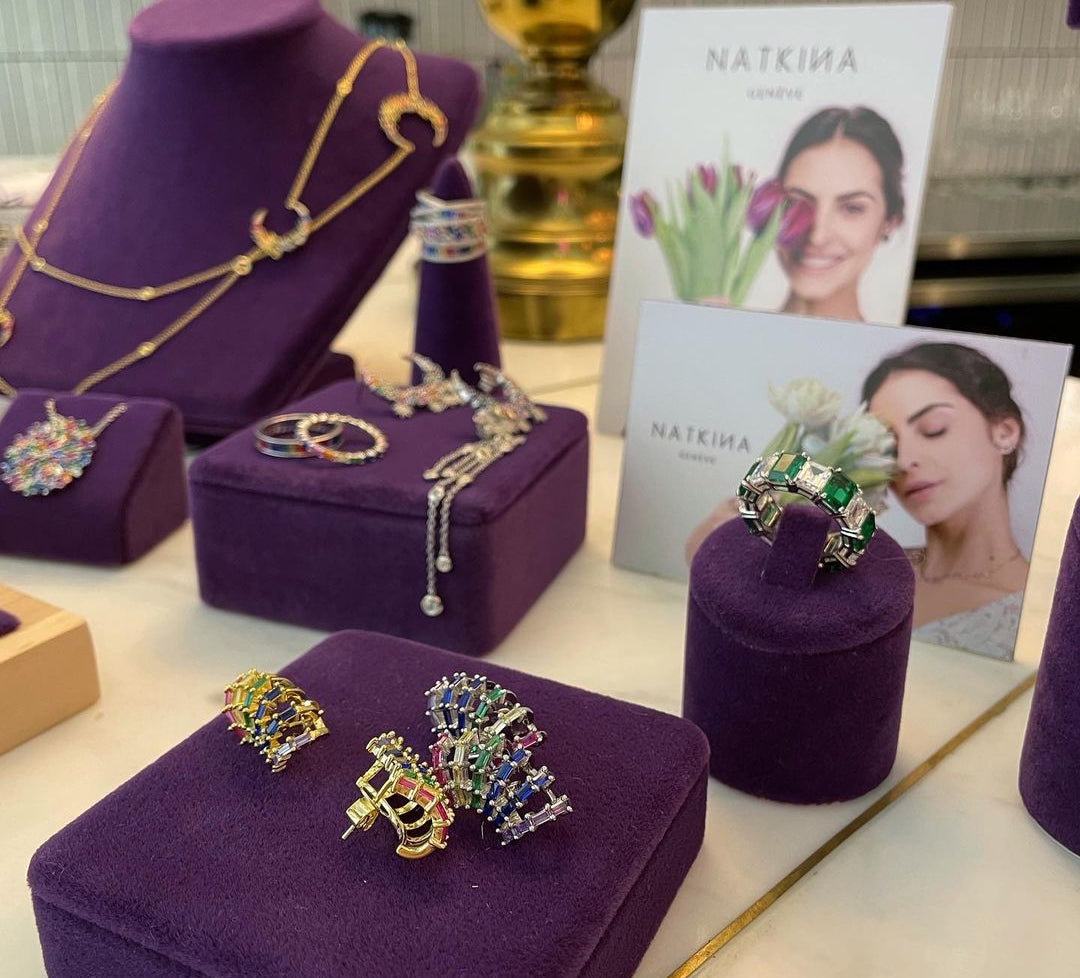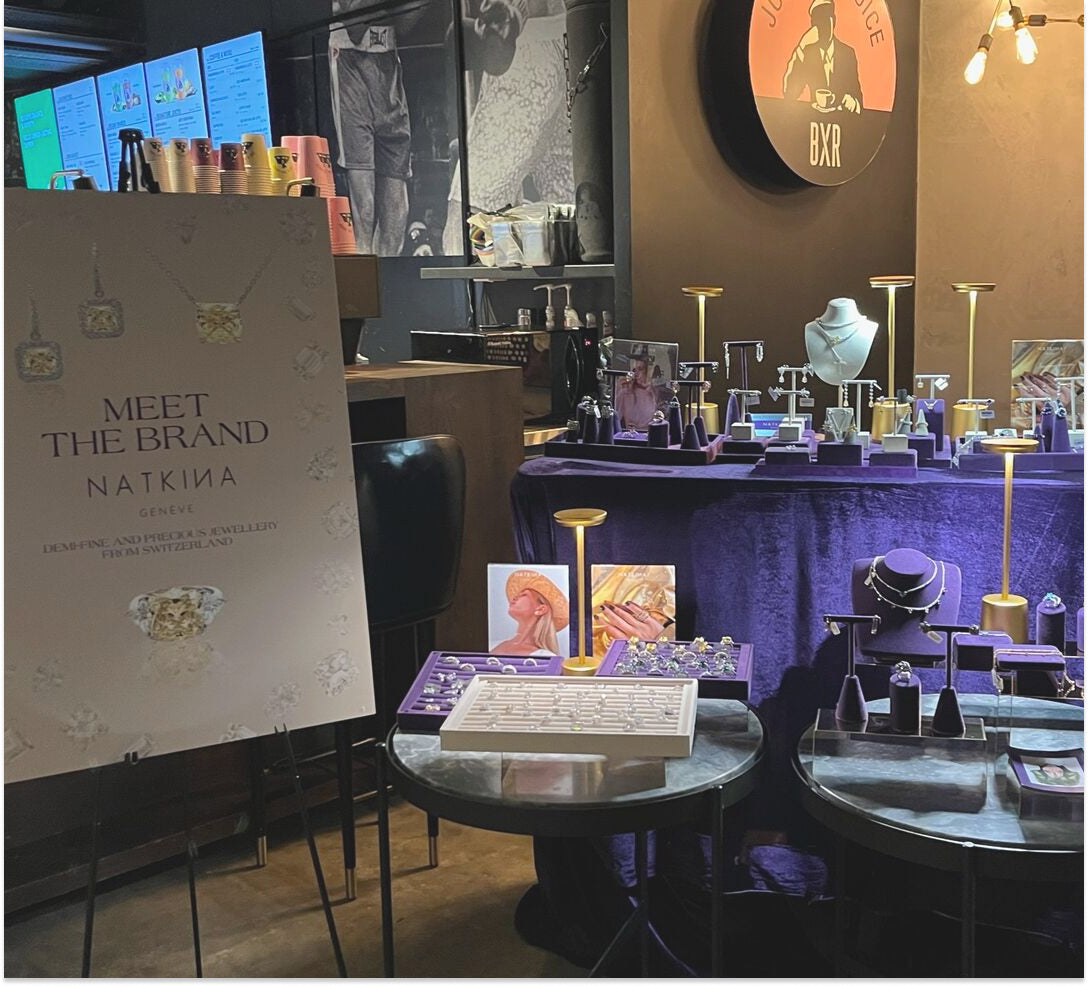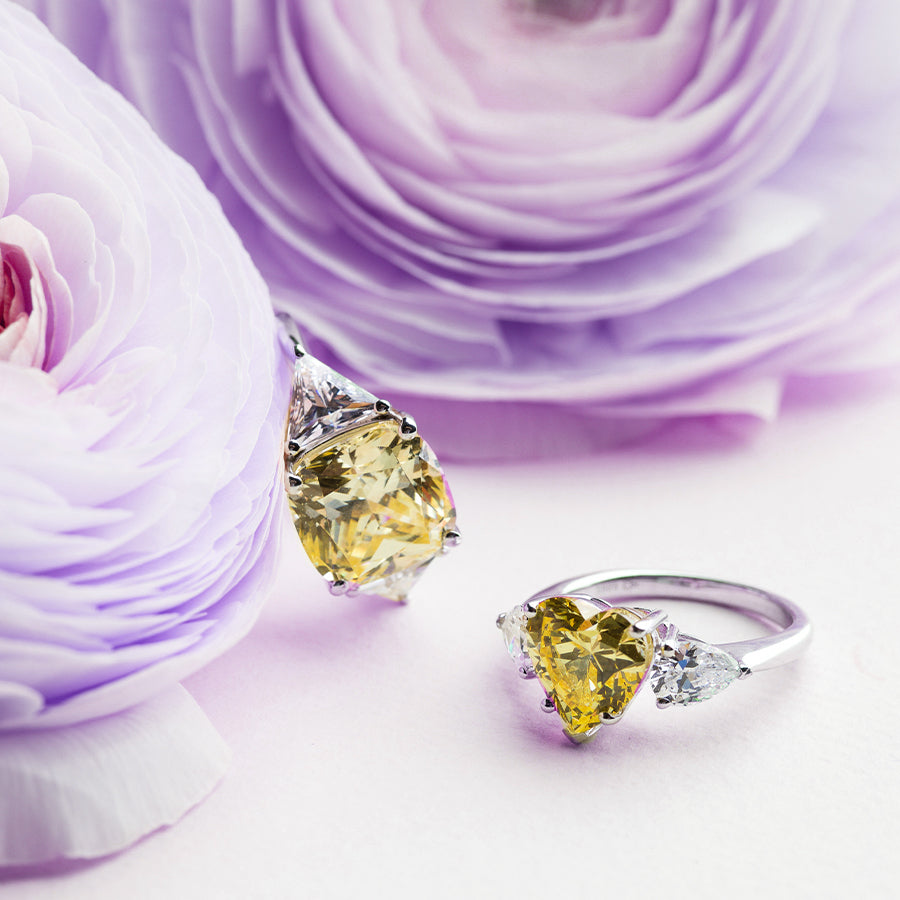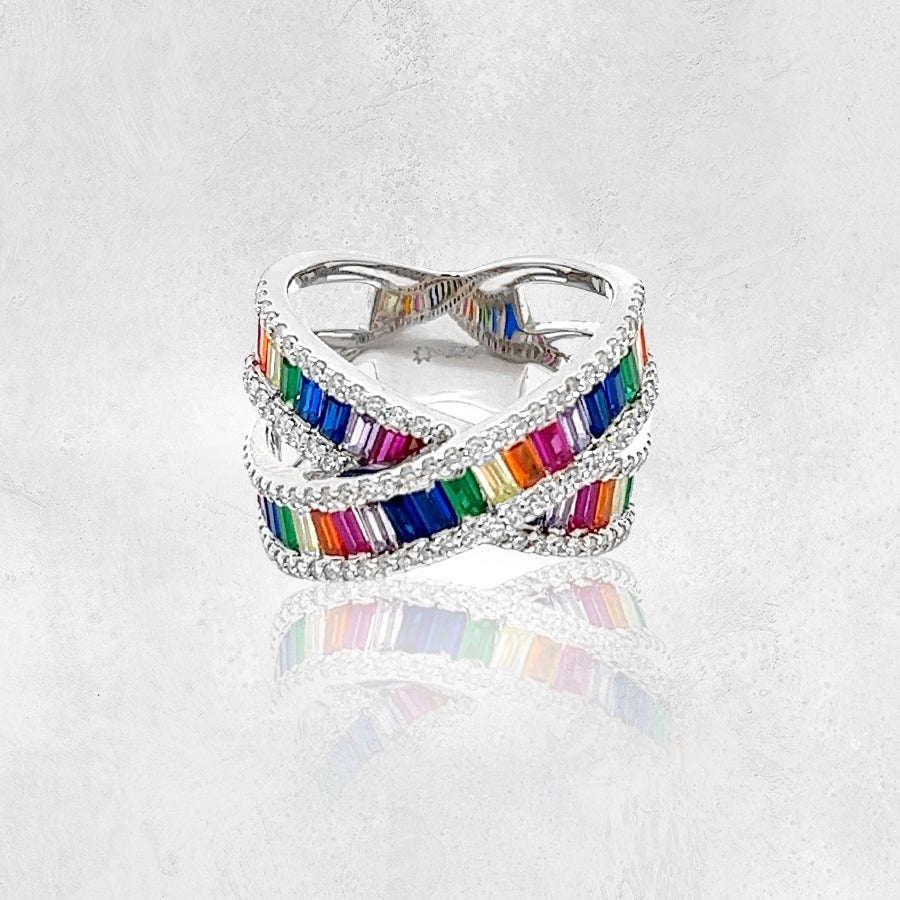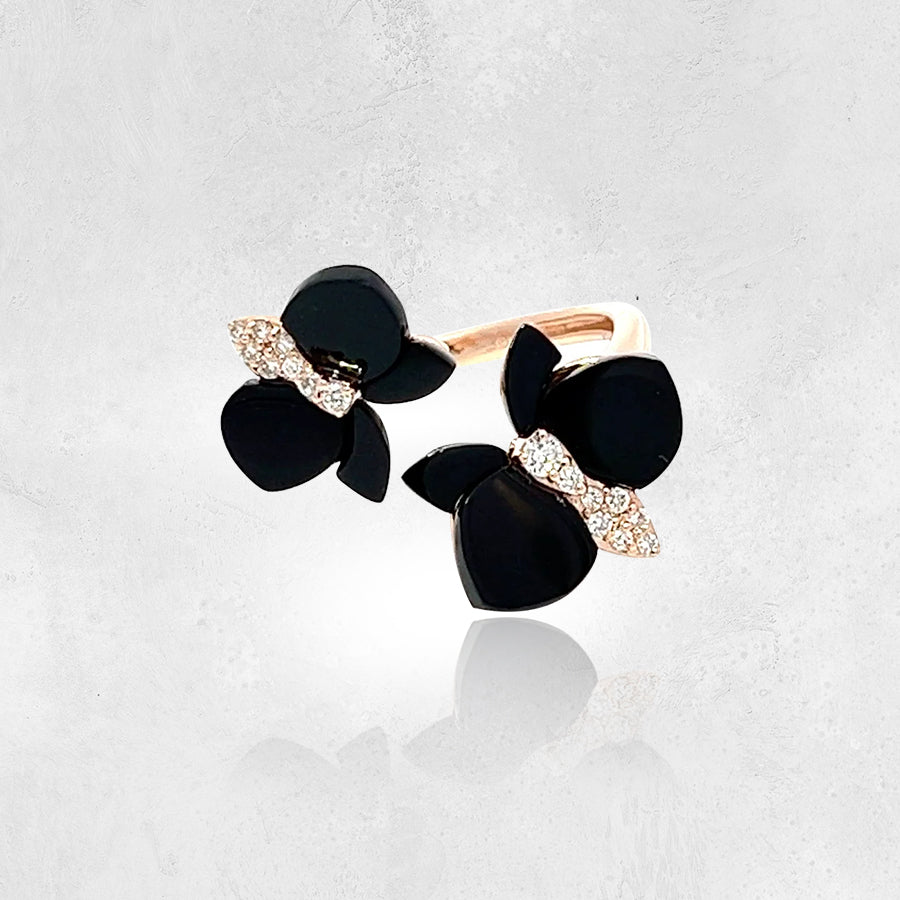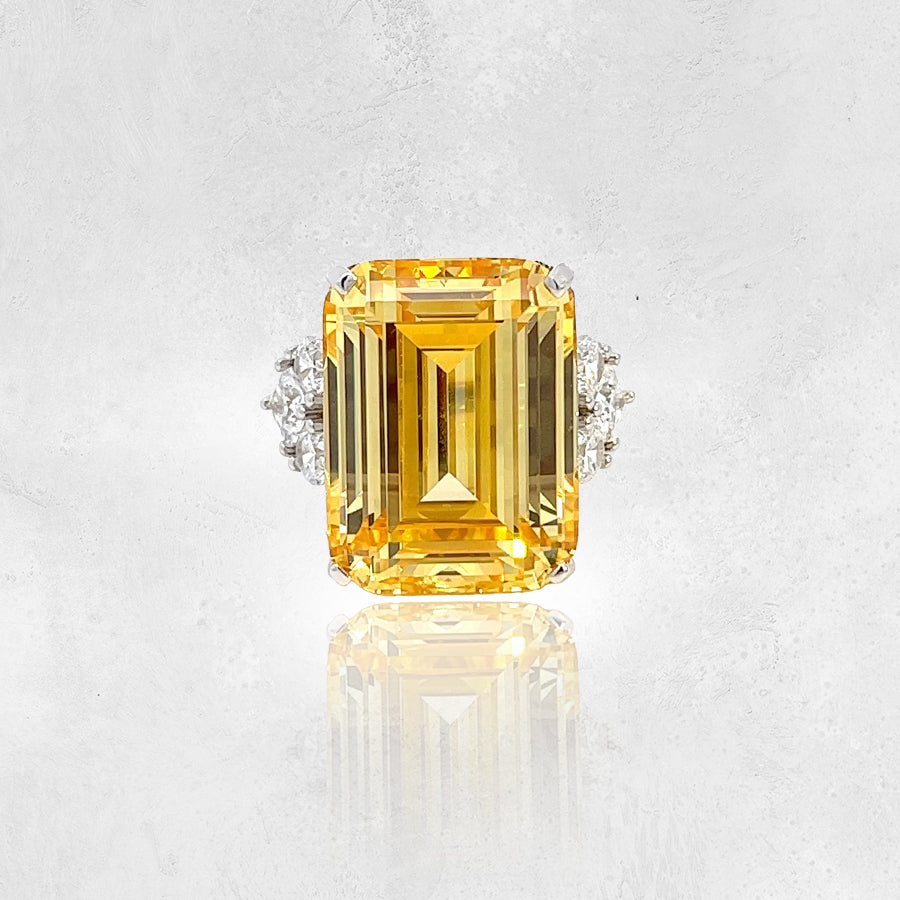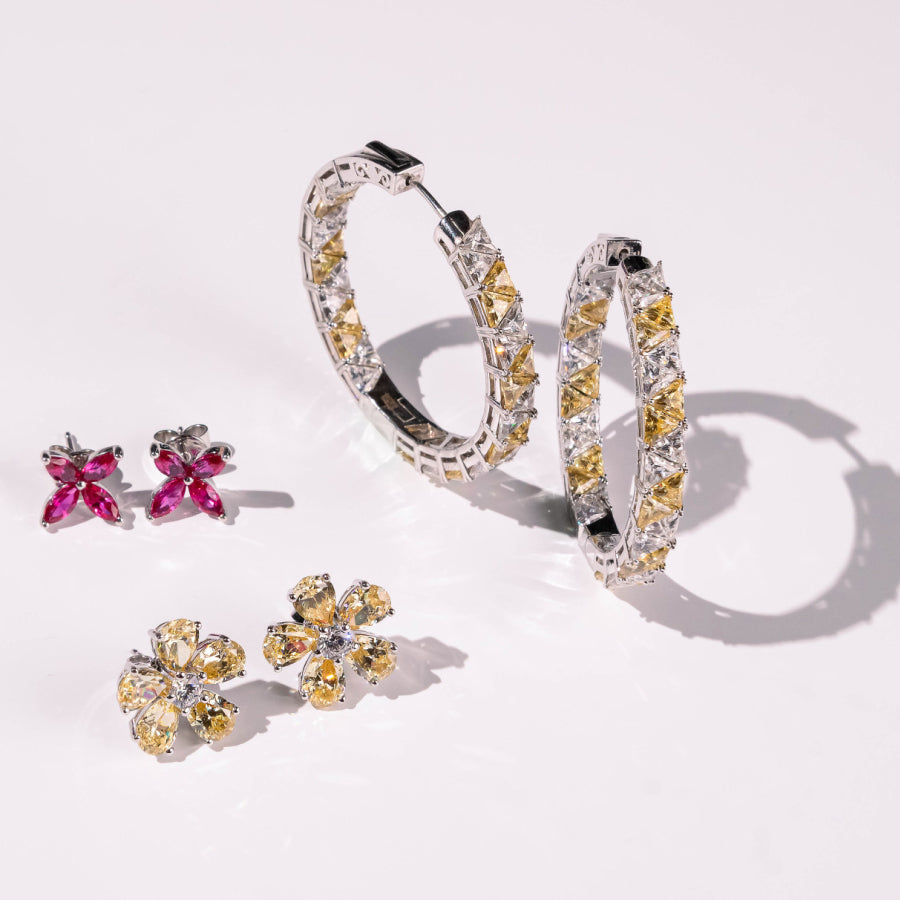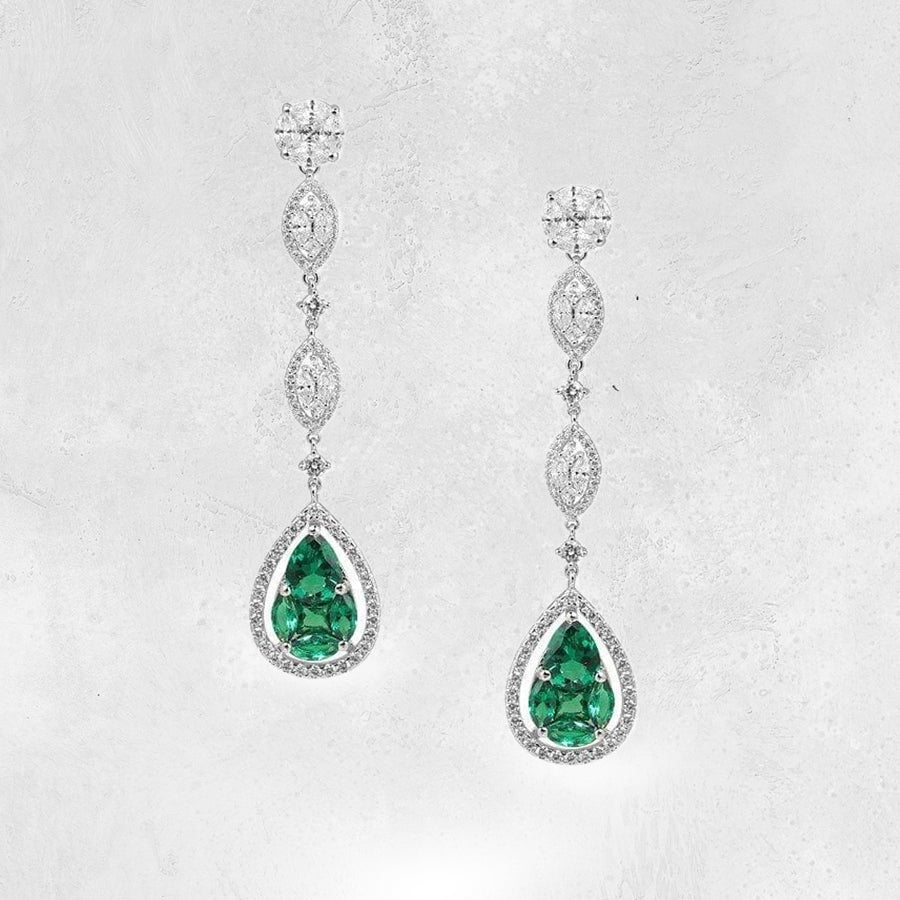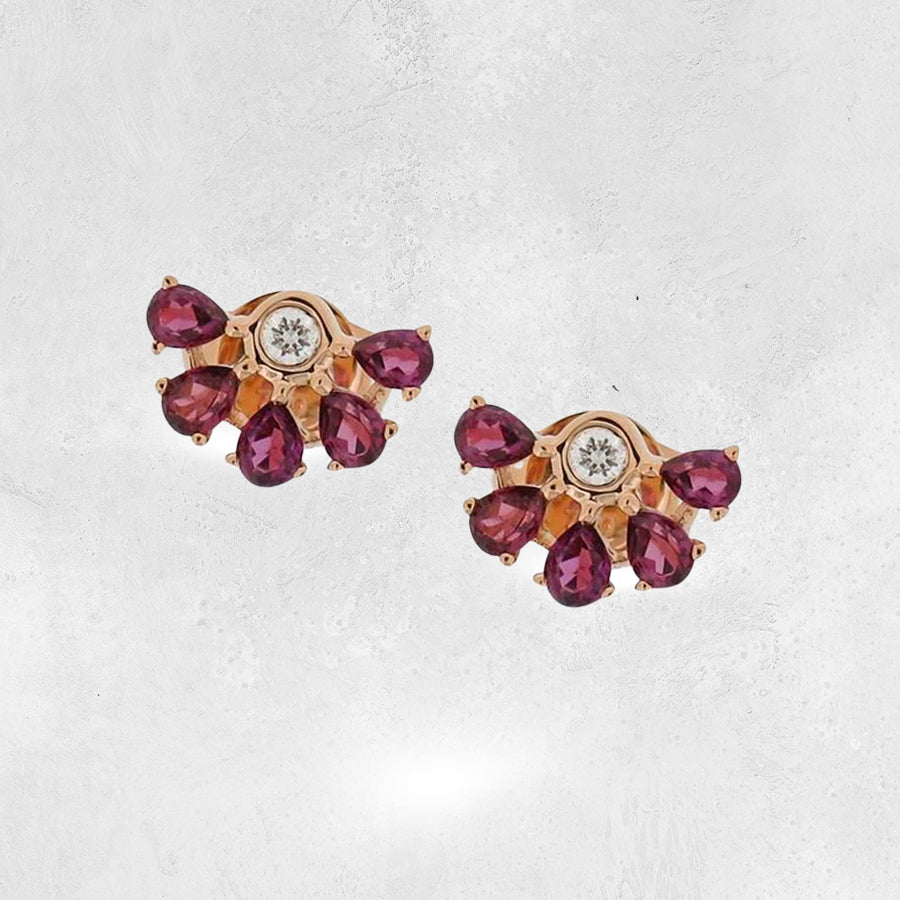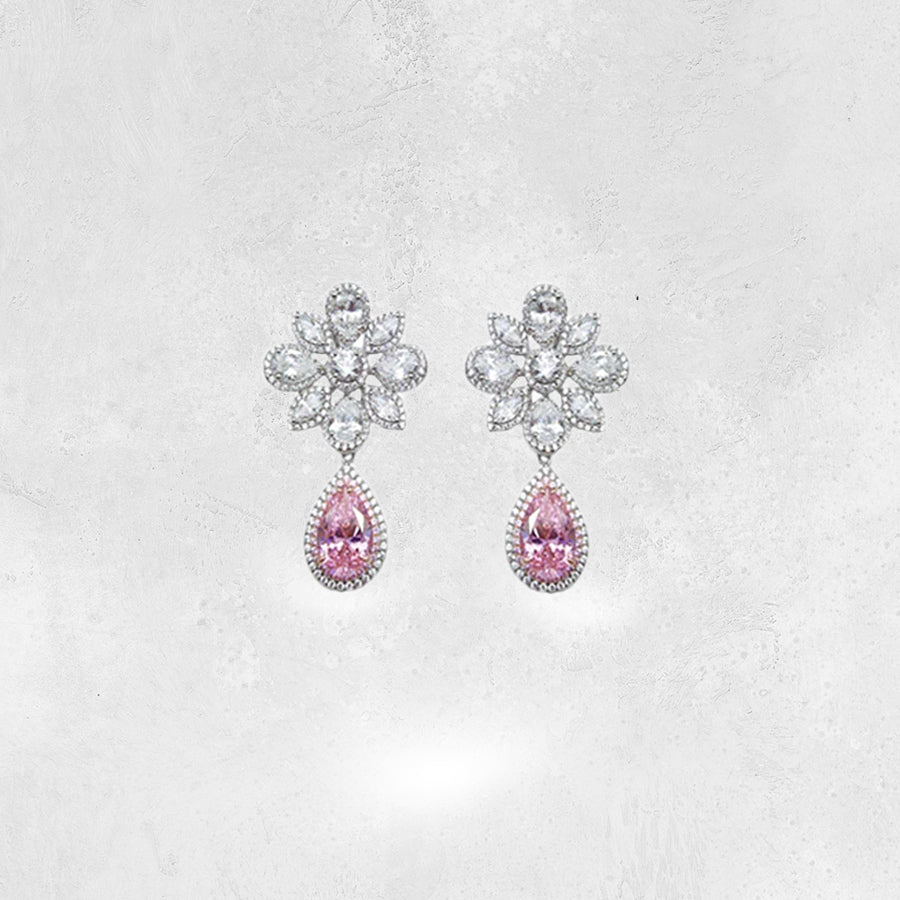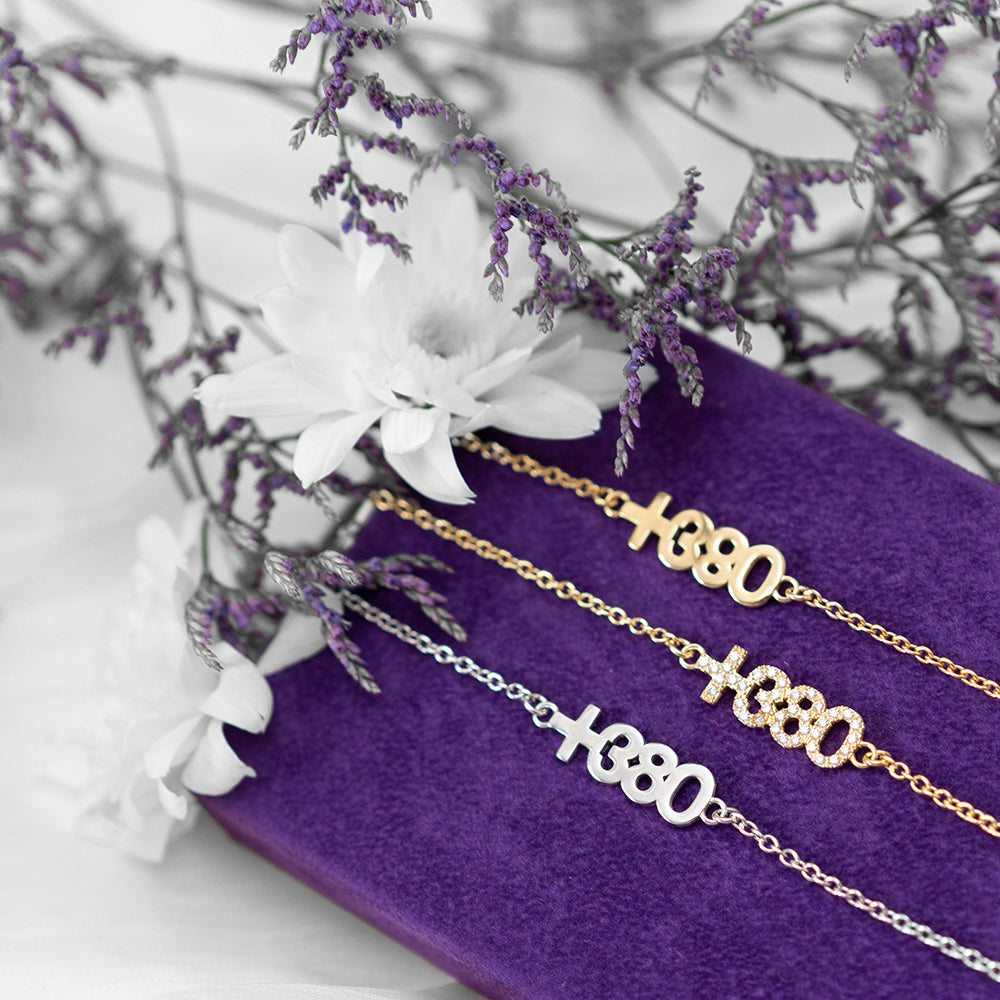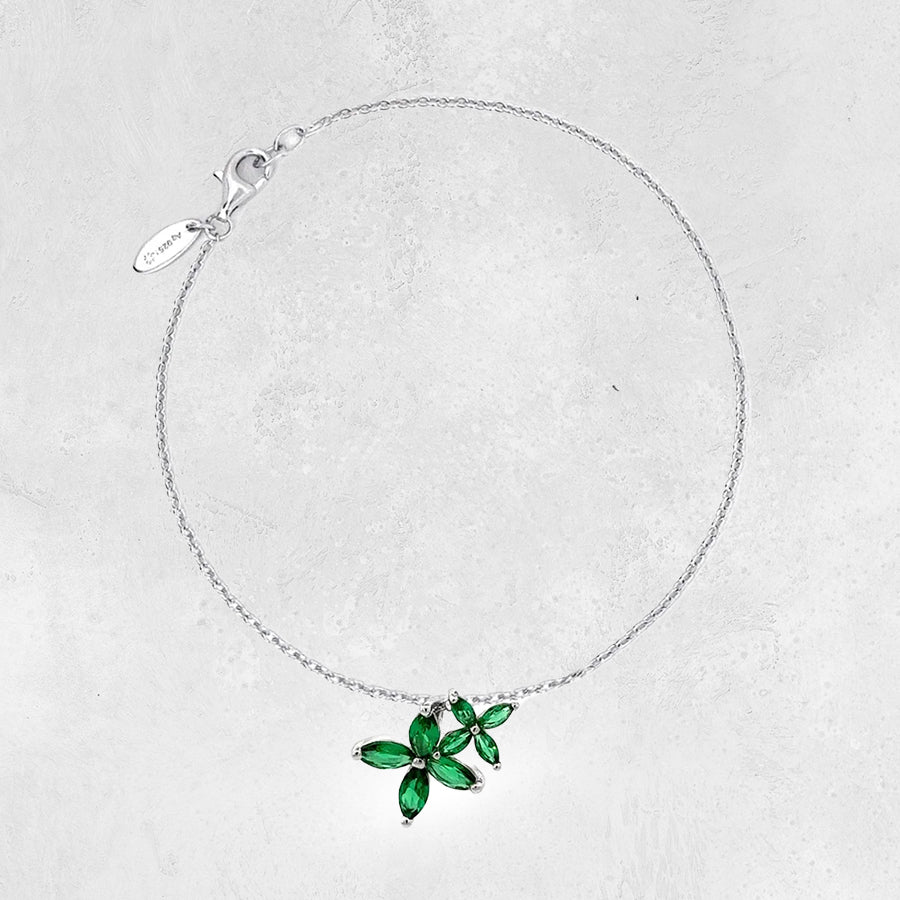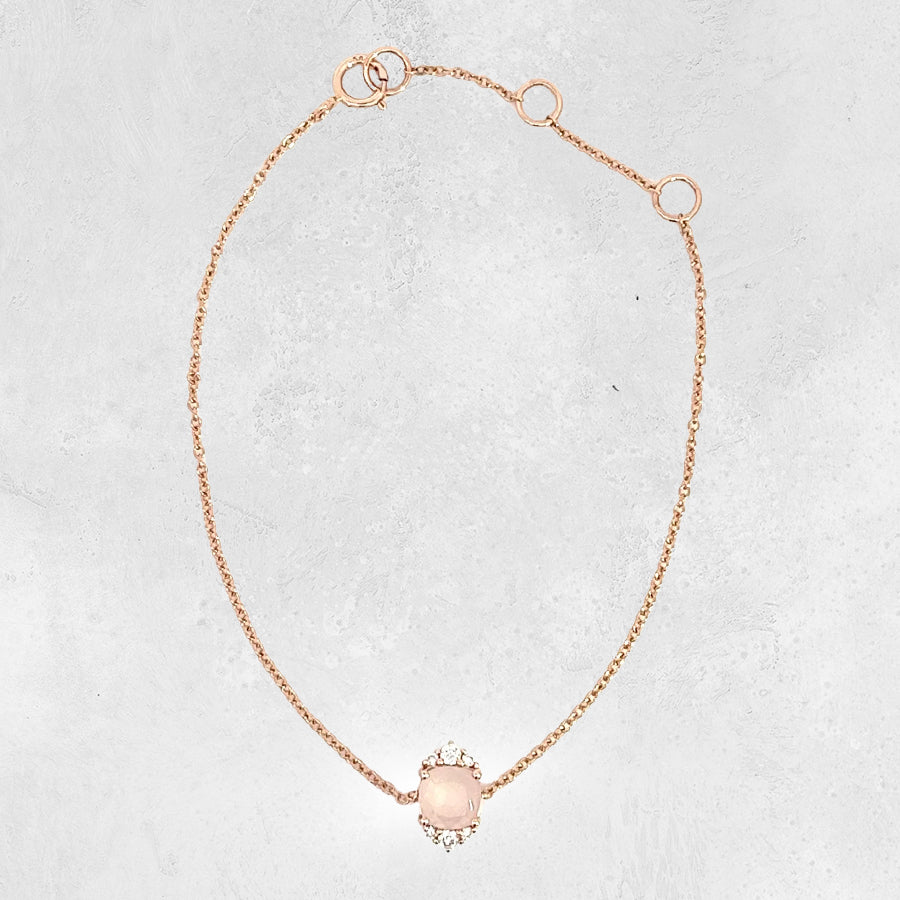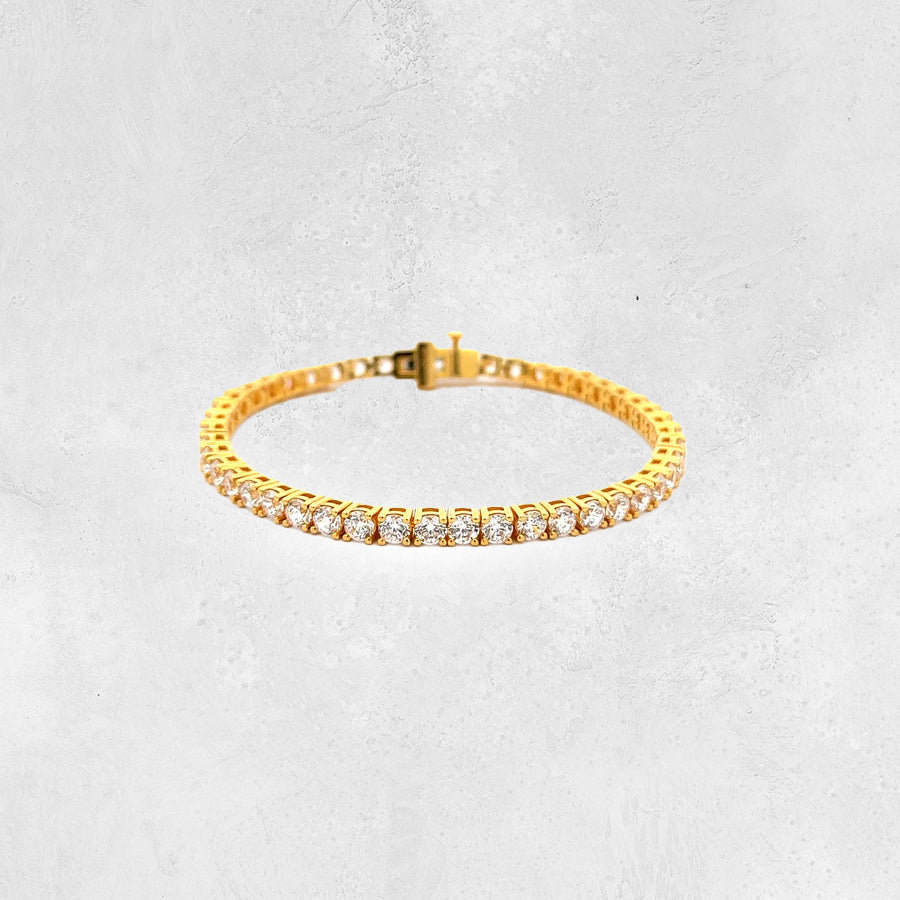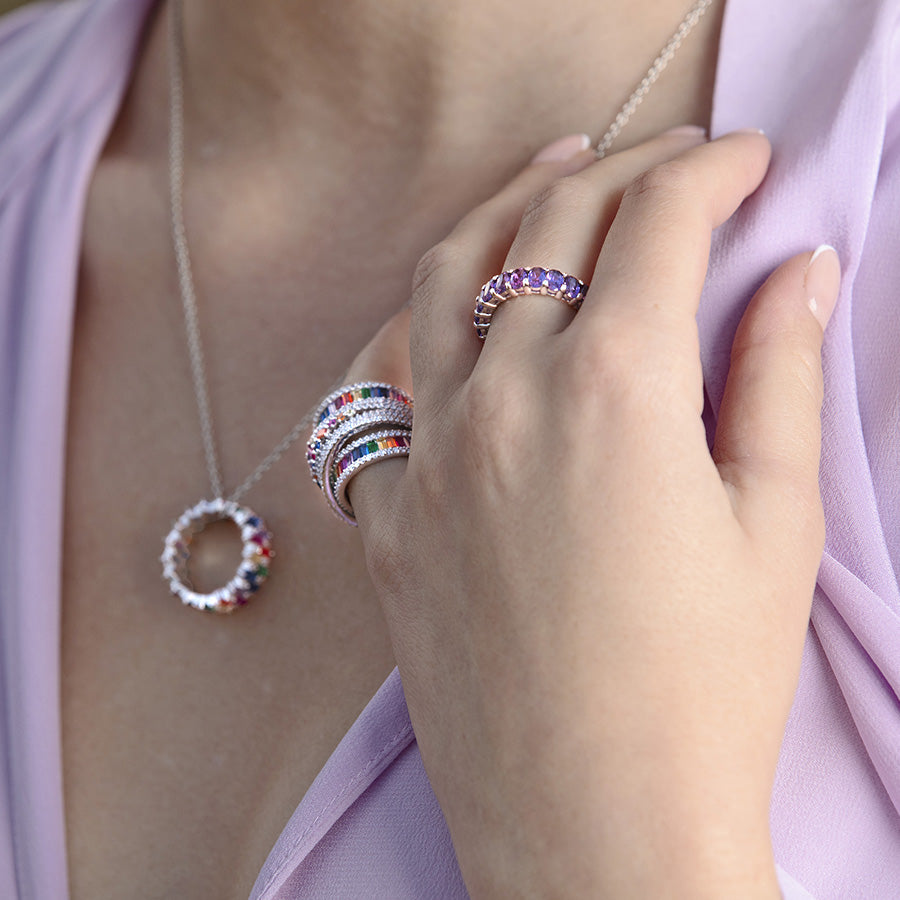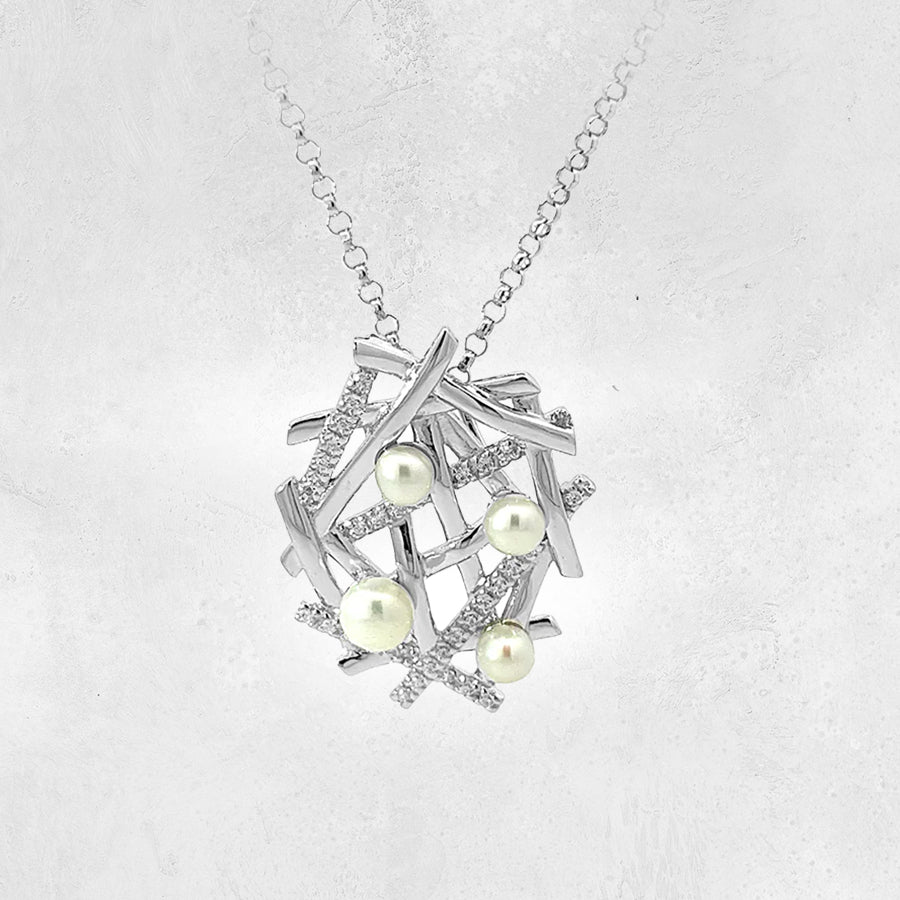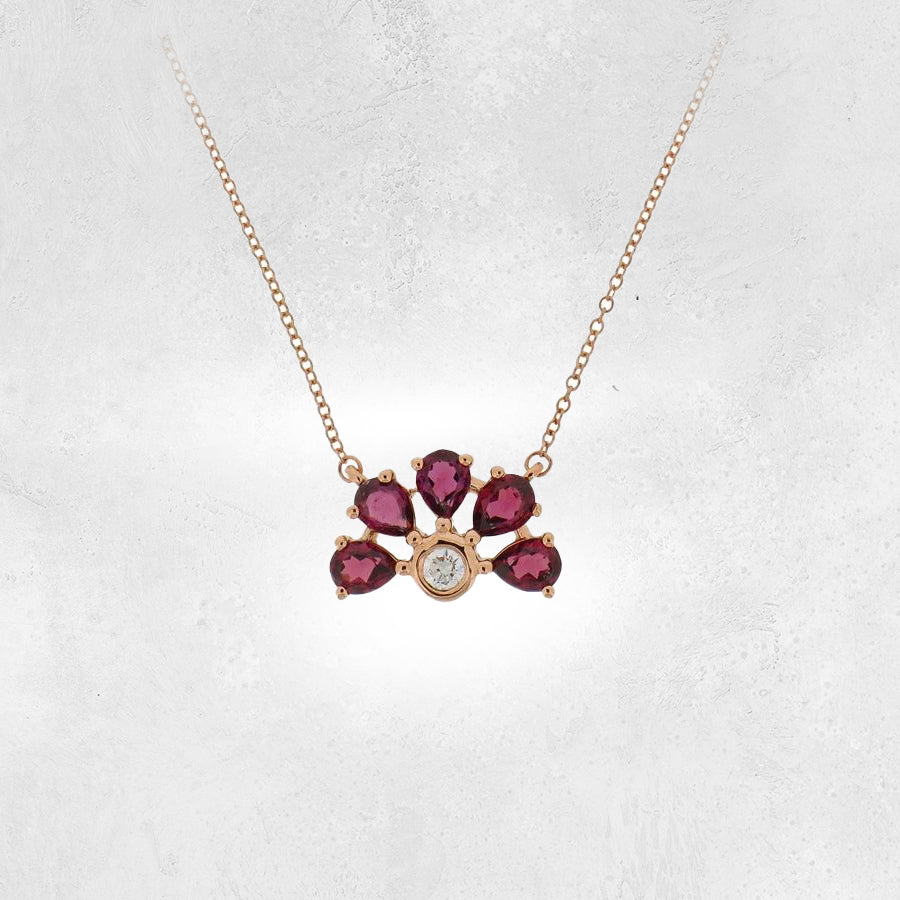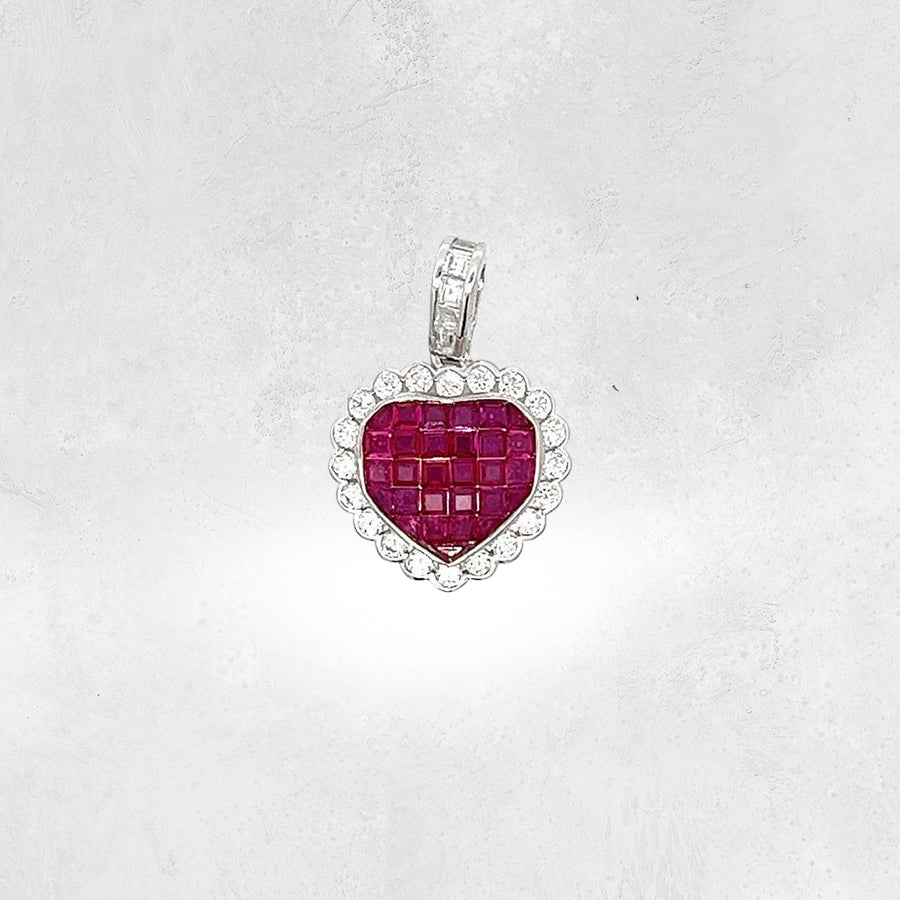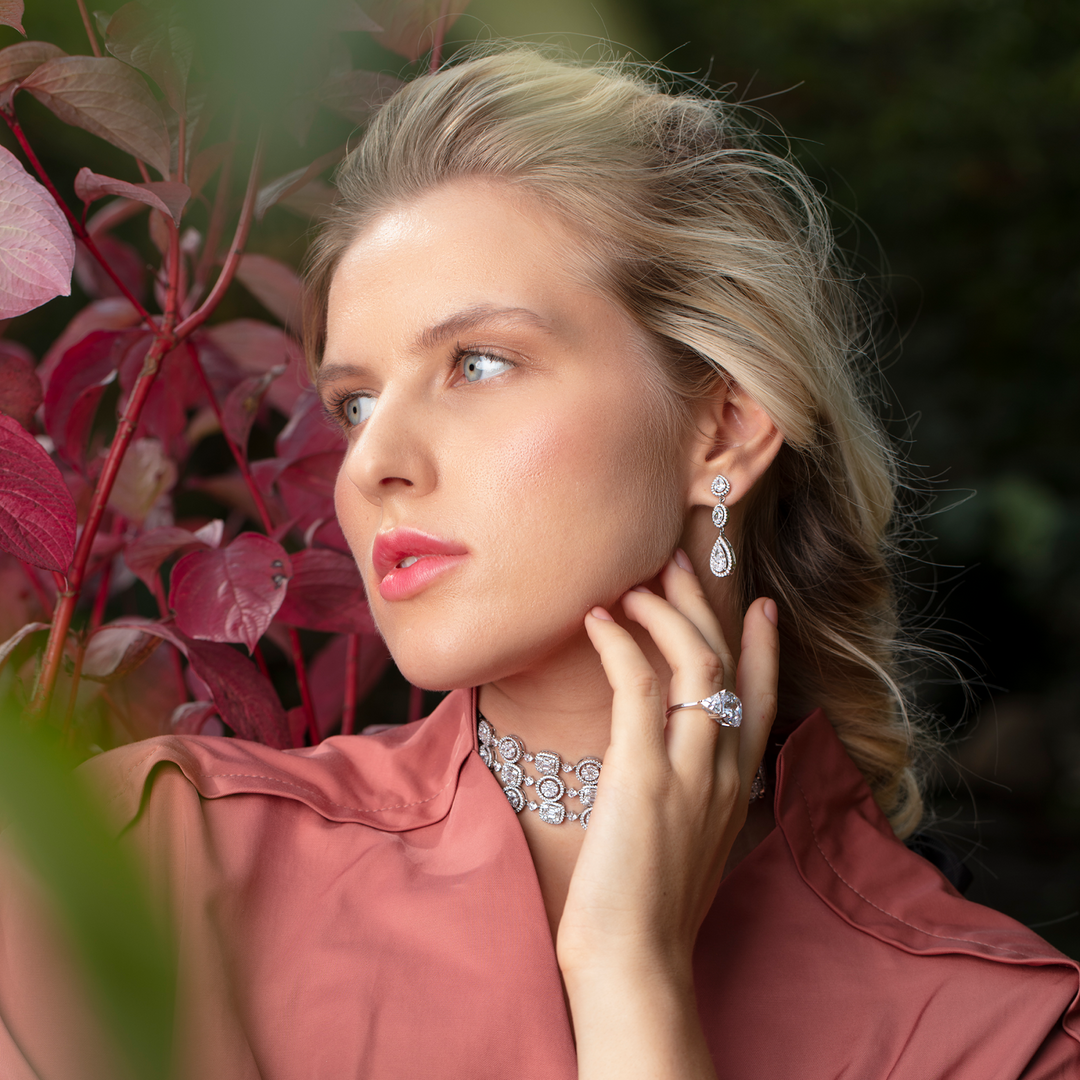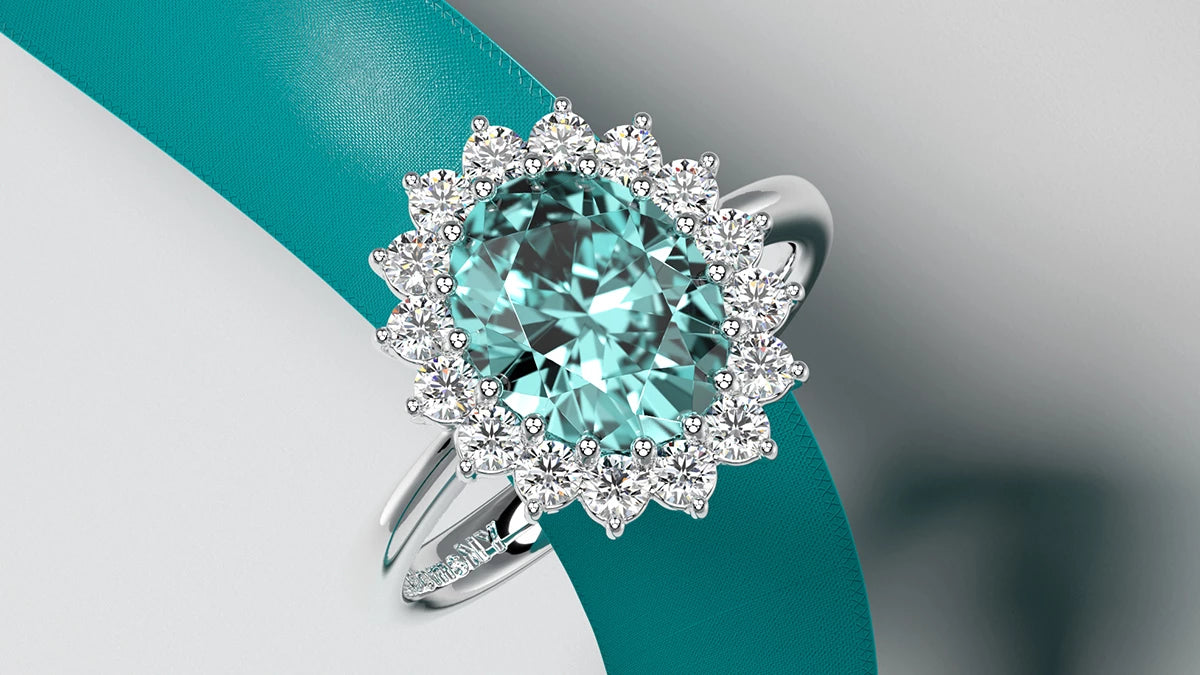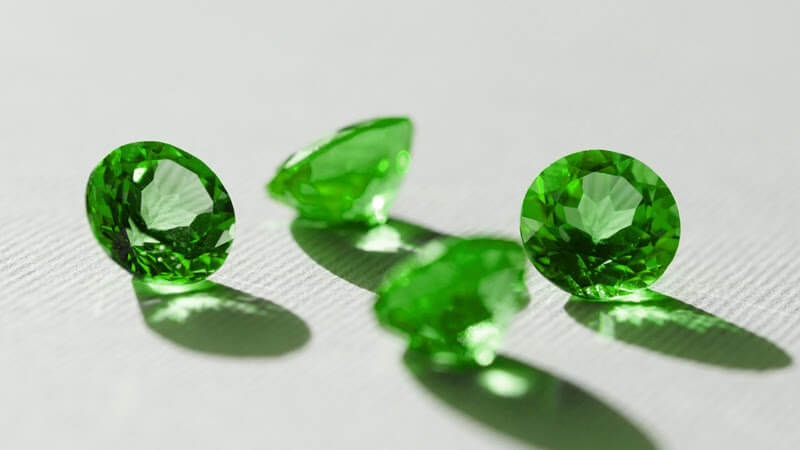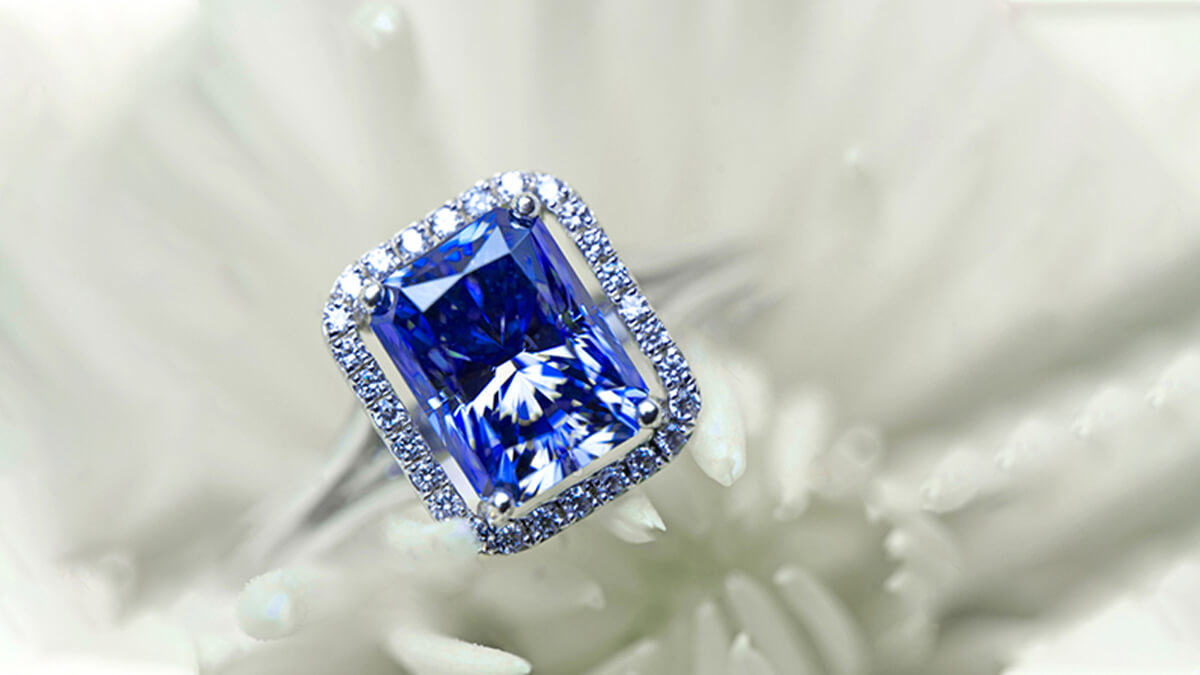Sapphire, a cherished gemstone, predominantly exhibits a captivating blue hue. Renowned for its timeless allure, sapphire has adorned jewellery pieces favoured by royalty for centuries. The origin of its name can be traced back to the Greek word "sappheiros," which aptly translates to blue.
Origins and Characteristics:

Sapphire belongs to the corundum mineral family, consisting of aluminium oxide crystals that give the gem its exceptional hardness, which is only topped by diamonds. This makes it possible to use Sapphires in your everyday jewellery without worrying. While sapphires are most commonly associated with a deep blue colour, they can also be found in various shades, including pink, yellow, green, purple, and even colourless – referred to as white sapphire.
When appraising the worth of a natural blue sapphire, colour stands out as the pivotal factor. While the hue contributes, proximity to a pure blue shade is the main factor. The finest sapphires boast vivid saturation, contributing to their superior quality.
Additionally, the tone of the Sapphire plays a crucial role. The darker sapphires are becoming more common and fail to command premium prices. Therefore, saturation and tone merit careful consideration in assessing sapphire quality.

The mesmerising blue hue of sapphires is often attributed to the presence of trace elements such as iron and titanium. The intensity of the blue colour can vary, with the most sought-after sapphires displaying a velvety, deep blue hue. Inclusions, known as "silk," can also be present, creating a unique phenomenon called asterism – a star-like pattern that emerges when the gemstone is cut into a cabochon shape.
Geographically, sapphires are found in numerous locations, but the ones with the highest and finest quality are found in Kashmir (India) and Sri Lanka. Each region contributes to the distinctiveness of the sapphires they produce, whether it's the velvety blue of Kashmir or the vibrant hues from the mines in Sri Lanka.
Cultural Significance:
Throughout history, sapphires have held significant cultural and symbolic meanings. In ancient times, the Persians believed the Earth rested on a giant sapphire, contributing to the colour of the blue sky. In medieval Europe, the clergy wore sapphires to symbolise heaven, and it was believed that the gemstone would protect its wearer from envy and harm.
The British royal family has also played a role in elevating the status of sapphires. The most famous sapphire engagement ring in the world is arguably the one worn by Princess Diana, now adorning the hand of Catherine, the Duchess of Cambridge. This iconic ring has solidified sapphires as a symbol of love and royalty. Natkina has created a ring inspired by this stunning engagement ring.

Modern Uses and Trends:
Sapphires have found their way into various jewellery designs, from engagement rings to earrings and bracelets. The durability and timeless appeal of sapphires makes them popular for everyday wear and special occasions. Designers often pair them with diamonds or other gemstones to create breathtaking and unique pieces.
In recent years, there has been a growing trend towards non-traditional sapphire colours for engagement rings, with individuals opting for pink, yellow, and green sapphires to add a personal touch to their jewellery.




